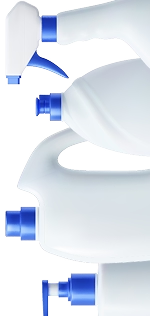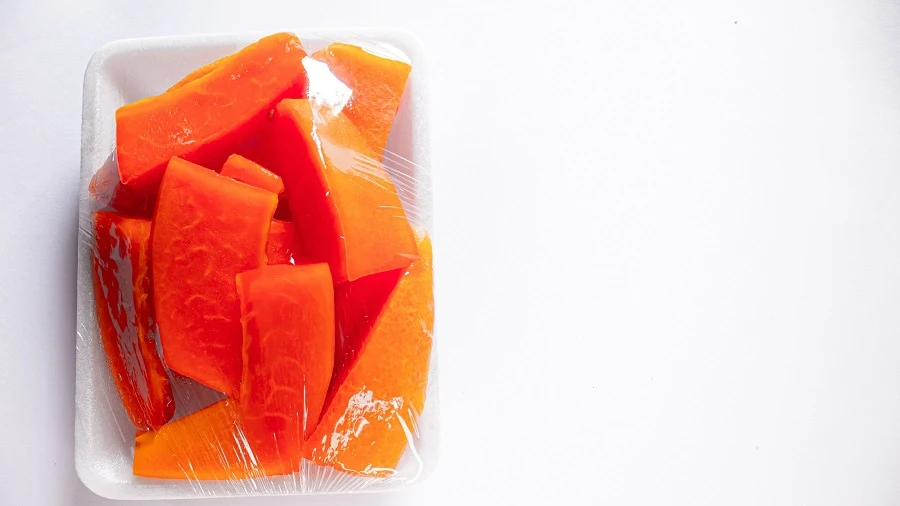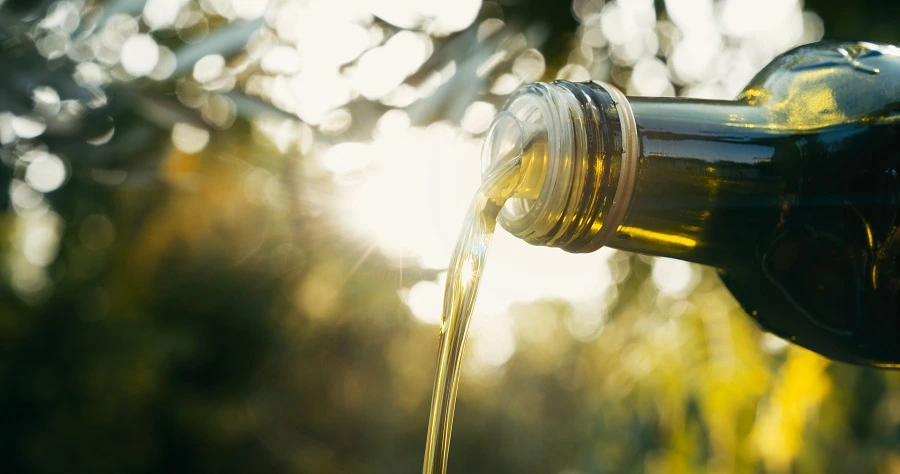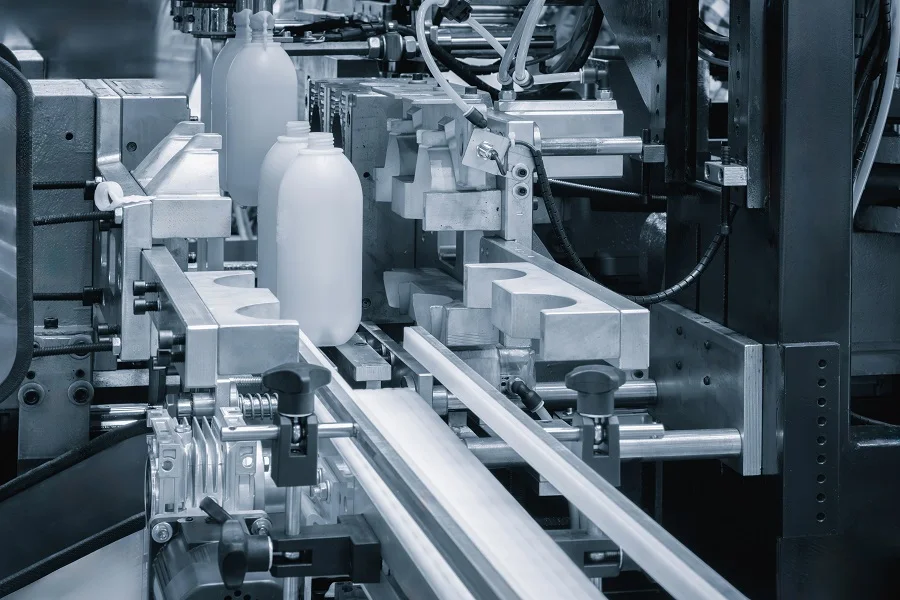Packaging Innovations 2025: Shaping the Future of Sustainable Containers
- ByRobert "Rob" Starmann
- July 22, 2025
The future of packaging has arrived, and it's more innovative than ever.
In today's rapidly evolving marketplace, packaging isn't just about protecting products — it's about making a statement, enhancing customer experience, and demonstrating a commitment to environmental responsibility. As we navigate through 2025, several groundbreaking trends are reshaping the landscape of plastic, glass, and metal containers.
With over 50 years of experience as a plastic container supplier, Ashland Container has witnessed firsthand how these developments transform the packaging industry and create new opportunities for businesses to gain competitive advantages.
The Sustainability Revolution: Beyond Buzzwords
Sustainability has evolved from a marketing buzzword to a business imperative. Today's consumers aren't just asking for eco-friendly packaging — they're demanding it, and forward-thinking brands are responding with solutions that balance environmental responsibility with practical functionality. Below are some examples of these sustainable evolutions.
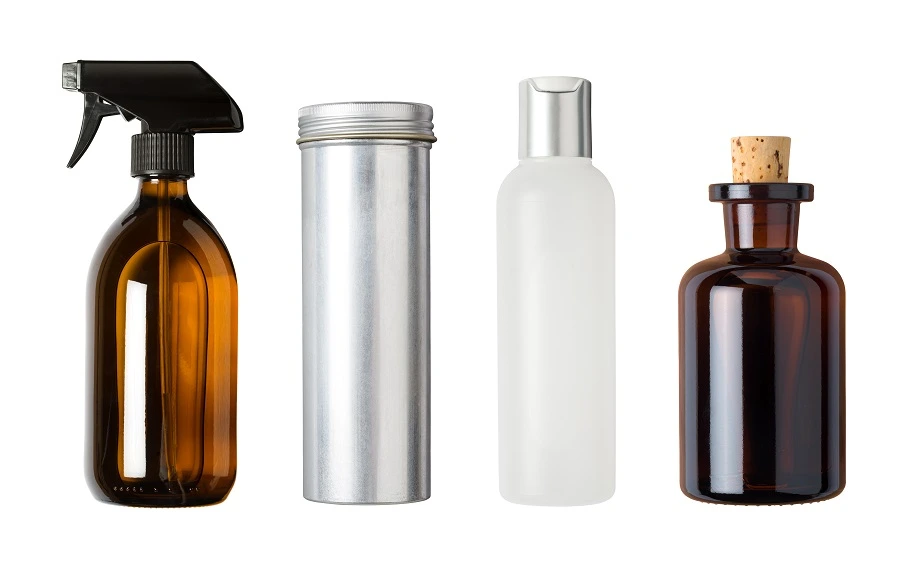
Post-Consumer Recycled (PCR) Materials Leading the Charge
PCR plastics and glass have moved from alternative options to mainstream solutions. These materials give packaging waste a second life while reducing the container production’s carbon footprint:
- PCR plastics: The quality and consistency of recycled plastic have dramatically improved, making it suitable for premium products across industries from cosmetics to food. New processing technologies have overcome previous limitations in color consistency and structural integrity.
- Recycled glass: Advanced sorting and processing techniques have enabled higher percentages of recycled content in glass containers without compromising clarity or strength. Energy-efficient manufacturing methods are making recycled glass both environmentally and economically attractive.
- Responsible metal sourcing: The metal packaging industry has embraced sustainable mining practices and reduced production emissions. The result is containers with significantly lower environmental impact without sacrificing durability.
Biodegradable Solutions: Practical Applications Emerging
While still evolving, biodegradable and compostable materials have found their niche in specific applications.
Advanced Bio-Plastics
New generations of PLA (Polylactic Acid) and PHA (Polyhydroxyalkanoates) derived from renewable resources offer improved performance. These materials offer better moisture barriers and temperature resistance, making them viable for a wider range of products.
Composting Infrastructure Growth
As industrial composting facilities become more common, truly compostable packaging is becoming a practical option for more brands and consumers.
Resource Efficiency: Doing More with Less
Some of the most impactful sustainability innovations focus on simply using less material.
Smart Packaging: Adding Value Beyond Protection
Modern packaging does much more than contain and protect. Today's innovative containers actively preserve product quality, connect with consumers, and authenticate brands.
Extended Shelf Life Technologies
For products that need freshness protection, active packaging innovations offer compelling benefits, such as:
- Moisture and oxygen management: Advanced absorbers integrated into container designs selectively control the internal environment, preventing spoilage and maintaining product integrity without chemical preservatives.
- Modified atmosphere solutions: Particularly valuable for food and pharmaceutical products, these technologies create optimal conditions inside the package, extending shelf life naturally and reducing waste throughout the distribution chain.
Digital Integration and Authentication
In an era of counterfeiting concerns and consumer desire for transparency, smart packaging provides powerful solutions:
- QR codes and NFC technology: These technologies transform packaging into interactive information portals, helping consumers verify authenticity, learn about sourcing, or access special content with a simple smartphone scan.
- Blockchain-backed traceability: Providing an unalterable record of a product's journey from manufacturer to consumer, blockchain integration builds consumer trust while protecting brand reputation.
Innovative Closure Systems
The humble cap or lid has evolved into a sophisticated component that enhances security, convenience, and brand differentiation:
Design Packaging Trends: Where Aesthetics Meet Functionality
Packaging design continues to evolve as brands seek to capture attention in increasingly crowded markets. The most effective designs balance visual appeal with practical functionality.
Consider several factors to make your packaging design stand out on the shelves and make your brand known. In return, customers will always come back.
Know Your Target Audience
Understanding your ideal consumer is paramount. What are their preferences, values, and aesthetic sensibilities? Conduct market research, analyze demographics, and create detailed consumer profiles to inform your design choices. Is your target audience people who prefer a classic design or prefer a bolder statement?
Research the Market
What designs capture attention in your category, and what elements do they have in common? Identify trends to understand the latest developments.
Know Your Limitations and Budget
What do you have available? The budget is always a decision point to understand what can and can't be used to improve the product’s visuals.
All this analysis will give the brand the following benefits:
- Better visibility: People will start to notice the brand and buy it more.
- Higher ROI: As the quality of packaging design increases and the product becomes more well-known, the company can get extra income from that product.
- Market leadership: If a brand sells good products, has attractive packaging, and builds consumer trust, it can result in market leadership.
Finding a harmonious balance between aesthetics and practicality can significantly enhance the overall consumer experience, foster brand loyalty, and drive long-term success in today's competitive market.
Flexible Solutions: Complementing Traditional Containers
While rigid packaging remains essential for many applications, flexible options are expanding their role in the packaging ecosystem:
Hybrid Approaches: Combining Strength and Efficiency
Hybrid packaging thoughtfully uses rigid and flexible elements, where a bottle with a lightweight film seal is designed to prevent water from contamination. Think about a sustainable glass container as the centerpiece, with a less wasteful and more effective way to dispose of goods. This makes it easier for the consumer and increases brand recognition. It would help by:
- Making the product stronger
- Making it look better for the customer
- Improve the shipping process
Refill Systems: Durability with Reduced Waste
Durability has been shown to have a good impact and help create a brand name out of a product. Plus, it’s cheaper to produce and ship, ultimately creating brand value. A business needs to:
- Look into what durable solutions the store offers
- Connect the idea of the brand with packaging that looks good
By exploring flexible packaging solutions and strategically integrating them with traditional containers, brands can optimize material usage, reduce waste, and appeal to environmentally conscious consumers without compromising product protection or brand presentation. This blended approach allows for a more sustainable and innovative path forward for the packaging industry.

Navigating Packaging Innovations: A Path to Success
As we look towards 2025 and beyond, one thing is clear: the packaging landscape is dynamic and full of opportunity. By embracing innovation and staying informed about the latest trends, brands can create packaging that protects their products, enhances their brand image, connects with consumers, and contributes to a more sustainable future.
- Prioritize sustainability: Eco-conscious consumers are increasingly choosing products with sustainable packaging. Prioritize PCR materials, lightweight packaging, and alternative materials to reduce your environmental footprint and resonate with your target audience.
- Embrace smart packaging: Explore opportunities to integrate smart technologies into your packaging to enhance traceability, authentication, and consumer engagement. This can build trust, protect your brand, and create a more interactive product experience.
- Don't neglect design: Aesthetics still matter! Create visually appealing packaging that captures attention and communicates your brand values effectively. Strike a balance between minimalism, functionality, and storytelling to connect with consumers emotionally.
- Emphasize partnership & adaptability: Work closely with your packaging suppliers to stay informed about the latest innovations and adapt your strategies as regulations and consumer preferences evolve.
Need a Packaging Makeover? Let the Experts at Ashland Container Guide You!
Feeling overwhelmed? Don’t stress. Ashland Container provides expert advice, custom solutions, and quality packaging to meet your needs. Contact our team today for a free consultation!
Transform to Sustainable Packaging Leadership
Ready to get started? Ashland Container combines decades of industry expertise, state-of-the-art manufacturing capabilities, and personalized service to deliver cost-effective solutions while maintaining the highest quality standards that set us apart from competitors.
Schedule your packaging consultation with our specialists today to arrange your complimentary assessment and discover why leading brands trust our innovative packaging solutions.

